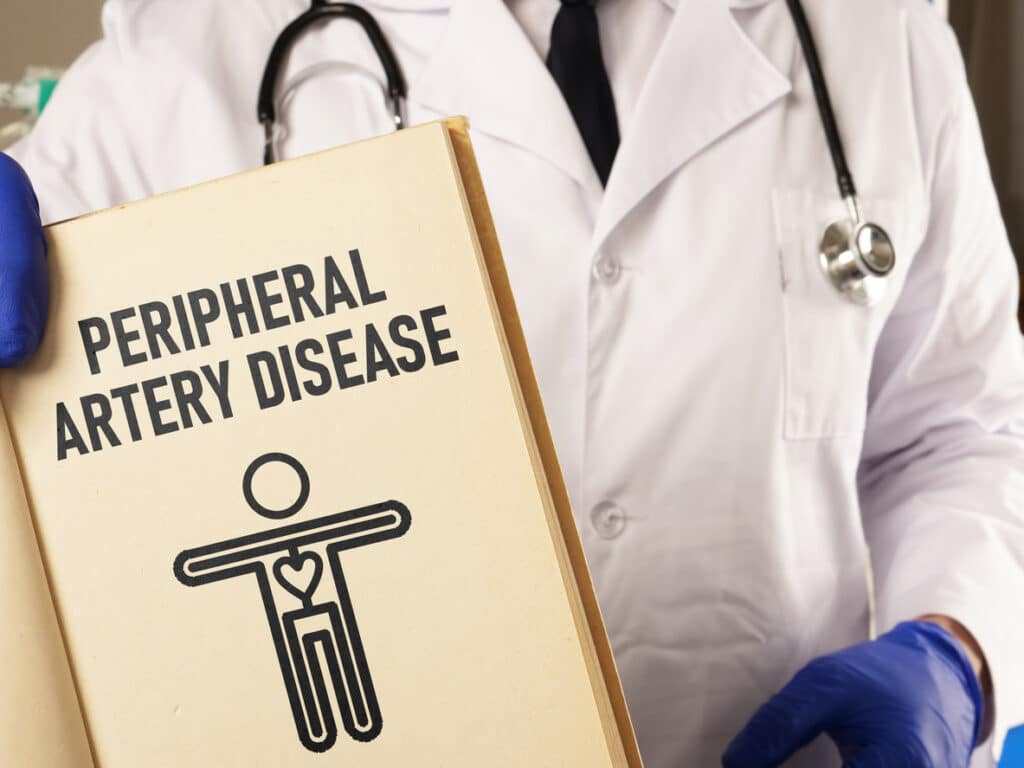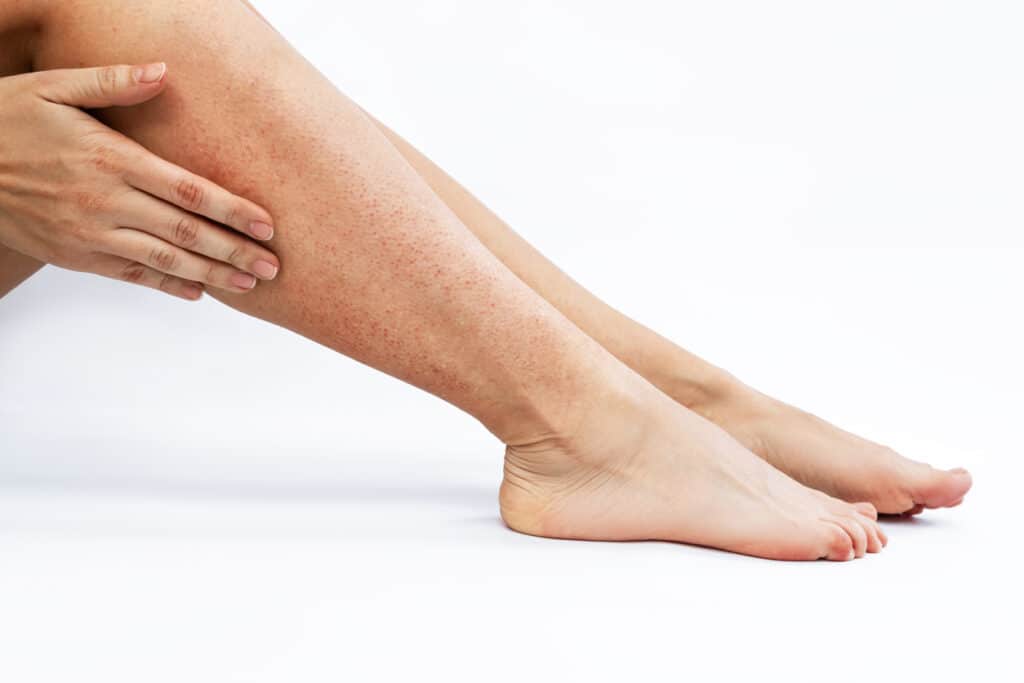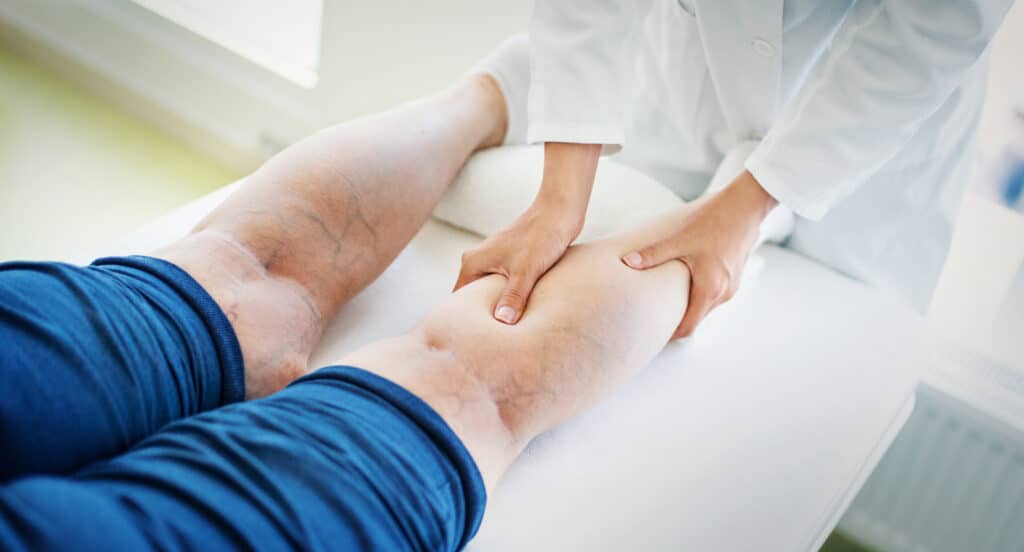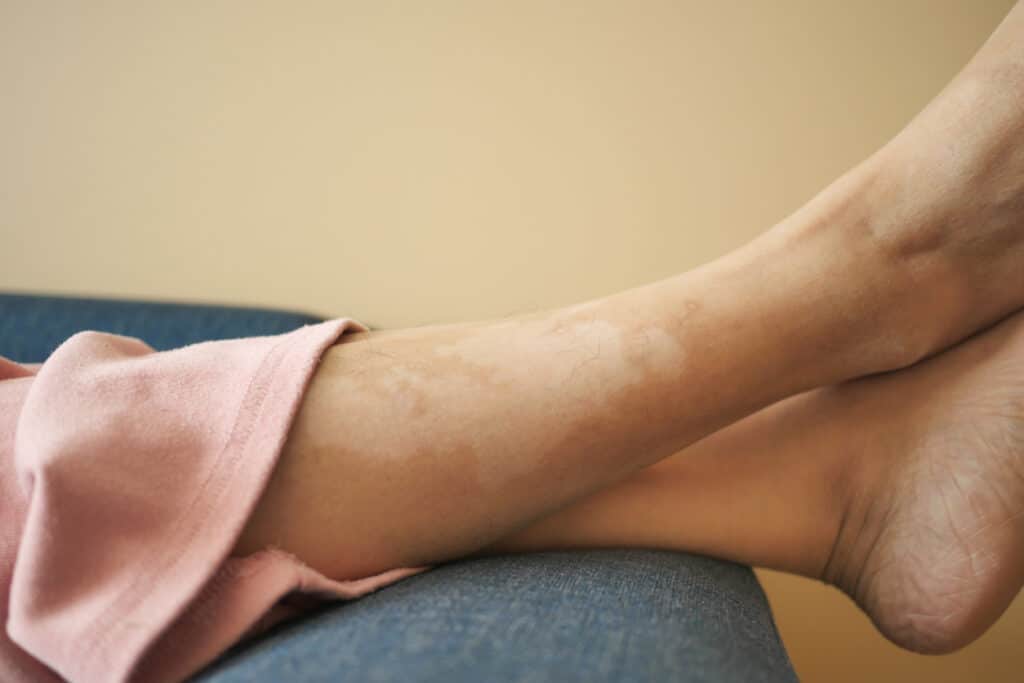Peripheral arterial disease (PAD) is a circulatory issue that causes narrowed or hardened arteries. If you are one of the 6.5 million people suffering from PAD, you may notice occasional pain or cramping in your lower legs, buttocks or arms. However, it could be that you have constant pain or cramping in those regions of your body. This pain is ordinary for those with PAD and even has a name: claudication.
What is Claudication?
Claudication is cramping and pain in the lower portions of your body but primarily in the legs caused by insufficient blood flow. Claudication is most often a direct symptom of PAD. Usually, claudication occurs when walking and eventually subsides after resting. Claudication takes on two forms:
- Intermittent claudication. Pain and cramping of claudication recedes after a rest period.
- Severe claudication. Even when lying down or sitting, claudication is causing pain.
Claudication Symptoms
Typically, the most common symptom of claudication is pain or cramping. Claudication pain feels like a burning sensation, sharp stabbing pain, or dull and achy throbbing type of pain. Depending on the severity of your PAD, the position of cholesterol plaque accumulation and muscle exertion, the symptoms of claudication may be mild or severe.
The calf region is where cramping usually begins. The calf is a prevailing region for cramping because cholesterol plaques start to form in the arteries furthest from the heart. Claudication pain may also be felt higher in your legs if there is plaque buildup or blockages in those areas. Symptoms may also occur in your groin, buttocks or pelvis if the blockage or plaque accumulation is in your aorta blood vessel.
The following symptoms are good indicators of PAD as well as claudication:
- Fatigue in your legs or buttocks when walking
- Burning sensations in your legs
- Blotchy skin on your feet
- Sores on your feet
- Cramping and pain in one or both hips after walking
- Pain in your thighs or calves after walking
- Numbness or coldness in your legs
- Cold feet
- Unusual coloring in your legs and feet
- For men, erectile dysfunction
- Slow toenail growth
If left untreated, rest may not be enough to relieve claudication, and you could experience painful claudication and PAD symptoms even when lying down or sitting.
Claudication Causes and Treatments
PAD is the most common cause of claudication. Atherosclerosis is the most common cause of PAD. Atherosclerosis occurs when cholesterol plaques accumulate on the inner lining of arteries. Plaque, which is primarily made from cholesterol and calcium, mostly accumulate at arterial junctions in the legs. This restriction of arterial movement results in insufficient blood flow to the legs.
Lack of blood flow is particularly problematic when you are walking, exercising or doing other physical activities. During these physical exertions, the legs need more oxygen, and they are not getting it due to low blood flow. The lack of blood flow and thus oxygen may cause cramping or searing pain, intensifying wherever plaque buildup is heaviest.
To deal with PAD, Costal Vascular Center has developed sophisticated personalized treatment plans that involve medication and lifestyle changes to treat PAD and claudication. We take your age, medical history, and overall health to ascertain what type of treatment is right for you. When developing your treatment plan, we also consider the severity of your PAD and its symptoms and the location of plaque buildup and other blockages. While developing your treatment plan, we analyze your situation, clearly explain treatment goals and educate you on your medical condition.
Beginning Treatment
For mild cases of PAD, treatment begins with making lifestyle changes. Quitting smoking and embracing a mild form of exercise, like walking, are the two most impactful lifestyle changes that improve PAD. Diet changes, like lower saturated fat intake, may also be implemented to minimize PAD symptoms. If you have high cholesterol, high blood pressure or high blood sugar, we also work with you to treat those conditions.
Severe cases of PAD may require surgery to open blocked arteries and fully restore arterial blood flow. Possible procedures include angioplasties or other surgeries to resume ideal blood flow. An angioplasty is a relatively routine procedure that increases blood flow by using a catheter to enlarge blood vessels to increase blood flow. Doctors then expand a coil, called a stent, to open the blocked artery and resume proper flow. The stent will be left permanently in place.
Preventing PAD and Claudication
Since atherosclerosis (the hardening of arteries) usually causes PAD, you can take the following steps to help reduce your risk of developing atherosclerosis.
- Maintaining your optimal weight
- Participating in routine physical activity
- Preserving ideal blood sugar levels
- Avoid smoking and other tobacco products
- Decreasing your triglyceride (lipids found in the blood) levels
- Improving good cholesterol levels (HDL)
- Lowering bad cholesterol levels (LDL)
- Managing high blood pressure
If you have high blood pressure, diabetes, smoke or are over 50 years old; you are at risk of developing PAD. Take the necessary measures by making the needed lifestyle changes to prevent PAD, especially if you smoke or have diabetes. If a diagnosis is made early enough, these lifestyle changes alone can help treat PAD.
Our Services
Coastal Vascular Center is the foremost treatment center for PAD in the greater Houston and Pearland area. We understand how frustrating and anxiety-inducing it is to deal with a painful condition. Coastal Vascular Center has the experience, knowledge and skills that make treatment stress-free.
We design all our treatment plans for your individual needs and expectations. Whether you have a mild intermittent case of PAD or constant pain from PAD, we know how to treat your symptoms. Our commitment to providing our patients with shorter recovery times and lower costs cannot be understated. Our mission is to equip you with the knowledge and tools to handle your condition and live a pain-free life. Learn more about diagnosing PAD or give us a call at 713-999-6056 or contact us online to schedule your appointment today.




